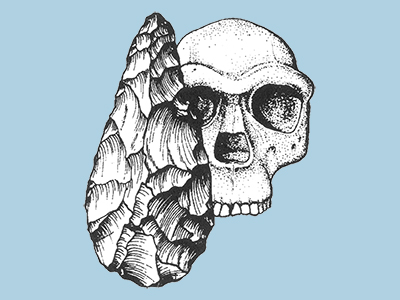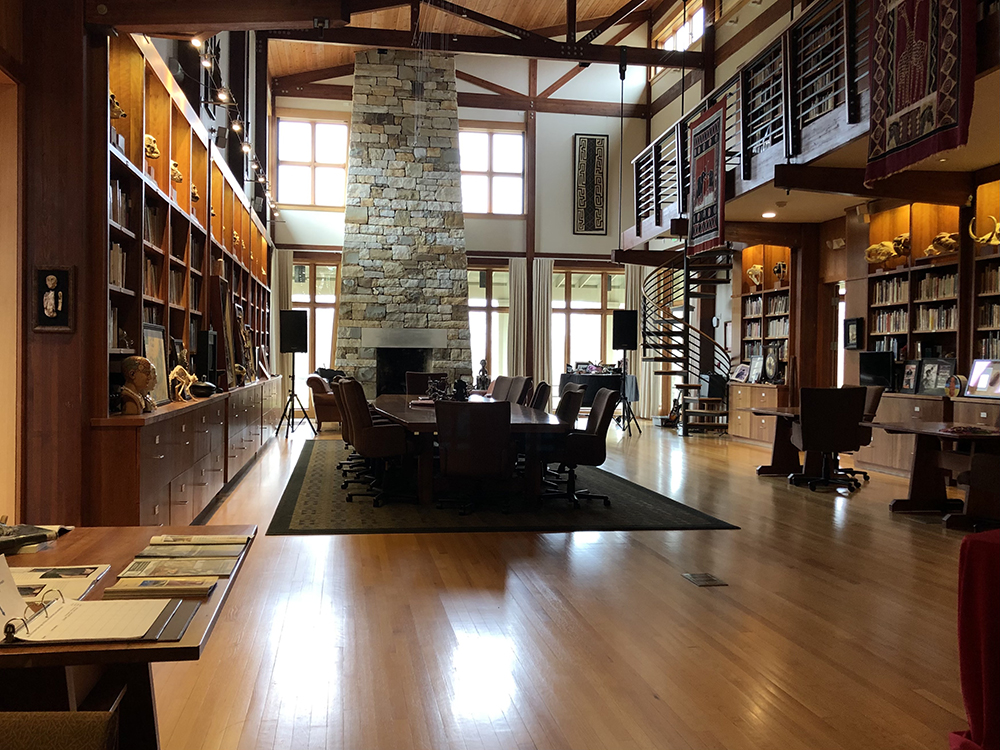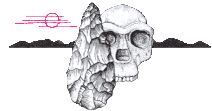The Stone Age Institute
Mission Statement
An unbroken line of technology and culture extends from our present day back in time at least two-and-a-half million years.
The earliest stone tool-makers were upright-walking, small-brained ape-men. From these primordial origins, the human lineage embarked upon a pathway that is extraordinary and unique in the history of life. Well over 99% of the time span, over at least 100,000 generations, of this technological evolution occurred in the Stone Age, so it is no exaggeration to say that modern humans have evolved as Stone Age creatures. This pathway has shaped our bodies, our brains, and our way of life, and has an accelerating impact on the earth and its other organisms.
The Stone Age Institute mission is two-fold, encompassing human origins research and science education.
With these areas of focus, the Stone Age Institute provides support for ongoing research, and engages in outreach programs to schools, the community, and the general public. These two emphases form the foundation for activities and events developed by the Stone Age Institute:1) A primary mission of the Stone Age Institute is the study of the origins of human technology and the evolution of our technological adaptation in order to gain a better understanding of ourselves and our place in nature. A critical component of this undertaking is the nurturing of research efforts of scholars from around the world, making this search for understanding broad-based and inclusive, and taking this research to those areas of the world where critical stages of the human journey occurred.
The Stone Age Institute strives to provide a haven for human origins research, garnering research opportunities for scholars from around the world. These include professional research scientists in long-term positions, postdoctoral research fellows, and visiting scholars. Fieldwork, collecting primary data from important archaeological sites, as well as laboratory studies and experimental archaeological research, are all essential components of our operation. Invited conferences, workshops, and retreats convening top scientists to discuss and work on special topics are also vital functions of the Stone Age Institute. In addition, the Stone Age Institute Press produces a publication series of monographs on special selected topics in the field to augment the dissemination of information from our research and conferences.
2) Enhancing broad public knowledge and understanding of scientific concepts and research through science education is another vital component of the Stone Age Institute mission. Through public outreach programs, the Stone Age Institute has been actively involved with educating the general public about a wide range of scientific fields, particularly those pertaining to human origins. The Stone Age Institute not only supports student research, but organizes and sponsors numerous public symposia and lectures as well.
To promote science education to as wide an audience as possible, the Stone Age Institute is currently developing an informal science education project titled, “From the Big Bang to the World Wide Web.” This is a multidisciplinary, multimodal project designed to increase the knowledge and understanding of general audiences about their cosmic, biological, and cultural evolutionary origins. This project will vividly illustrate how we humans can trace our origins from stardust that ultimately resulted from the big bang to the bipedal, big-brained, technologically advanced, world-wide-web savvy species that humans are today. The three major components of this project consist of a local exhibit at Indiana University, a nationally touring exhibit (currently in the planning stages), and an interactive multimedia strategy that will allow national and international dissemination of the science, technology, engineering, and math (STEM) concepts inherent in this project.





